Summer is my season.
I can no more abandon my garden for a beach holiday than leave a bubbling pot on the stove to burn. I love watching my vegetables grow and the perennials exploding in the flower beds, putting on one gorgeous show after another.
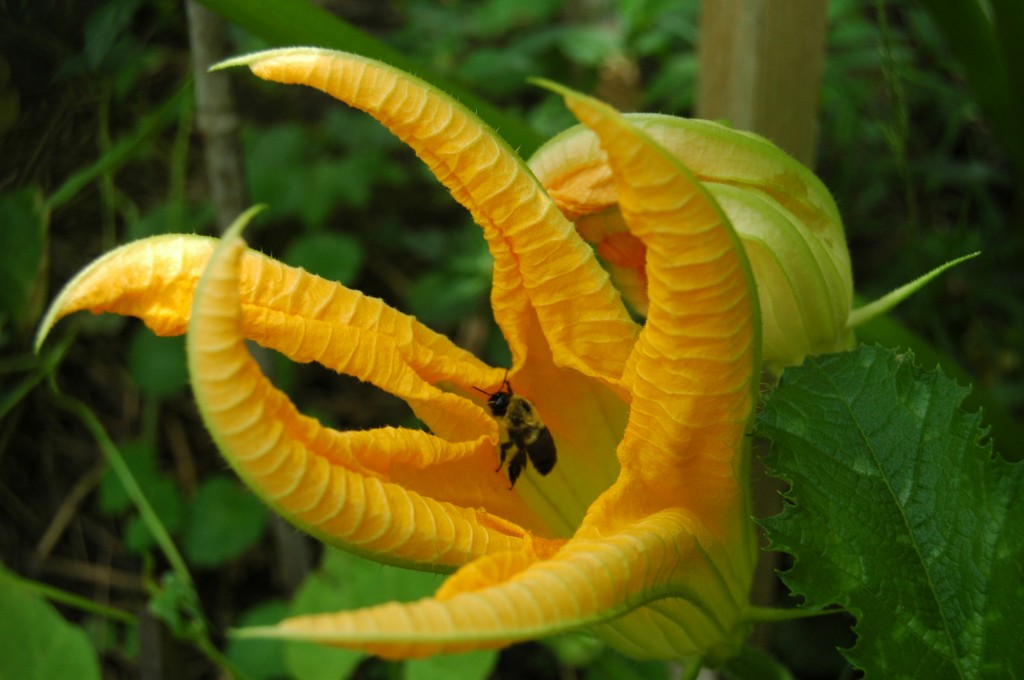
The male blossoms need to be picked in the morning before they begin to close if they are to be stuffed. This one has started to close. Photo: Nathan Hoyt
There are zucchini flowers to pick in the early morning, and sauces to be made when only fresh tomatoes will do; Romas to be oven-dried and frozen, and peppers to be roasted and put up for the winter.
Autumn is a bittersweet time for the likes of me, invigorating and melancholy all at once, a better time to go far afield. So one fine day, with the leaves turning crimson, my husband and I decided to take off for what New Yorkers call “Amish country,” some 75 miles west of Philadelphia. Our plan was to stay our first night in Lancaster, then drive off the main roads into the farmlands.
I was there many years ago, on my first honeymoon. I remember nothing about that visit except motor coaches as big as freight cars unloading scores of tourists at every historic stop and trinket shop. As for food, it was Mennonite in flavor—meal after meal in which every course, even the meat, was, much to my dismay, sweetened with sugar, with a finale of jello and whipped cream or shoo-fly (molasses) pie. Now, that was near half a century ago. Lancaster is quite different from how I remembered—or perhaps, imagined—it (it shouldn’t surprise anyone that my memory of the doomed honeymoon so long ago plays tricks on me).
Once past the depressing and ever-stretching suburban sprawl in the outskirts that steadily, alas, surely, lays waste to the once idyllic Lancaster farmland, we found a beautiful city with Colonial bones but also, an energy that is unmistakably modern. So charmed were we by its quaint neighborhoods, stylish downtown, artfully restored historic buildings, and small town friendliness, that we found it hard to leave. We decided to take a walking tour to explore its nooks and crannies, back alleyways and odd corners.
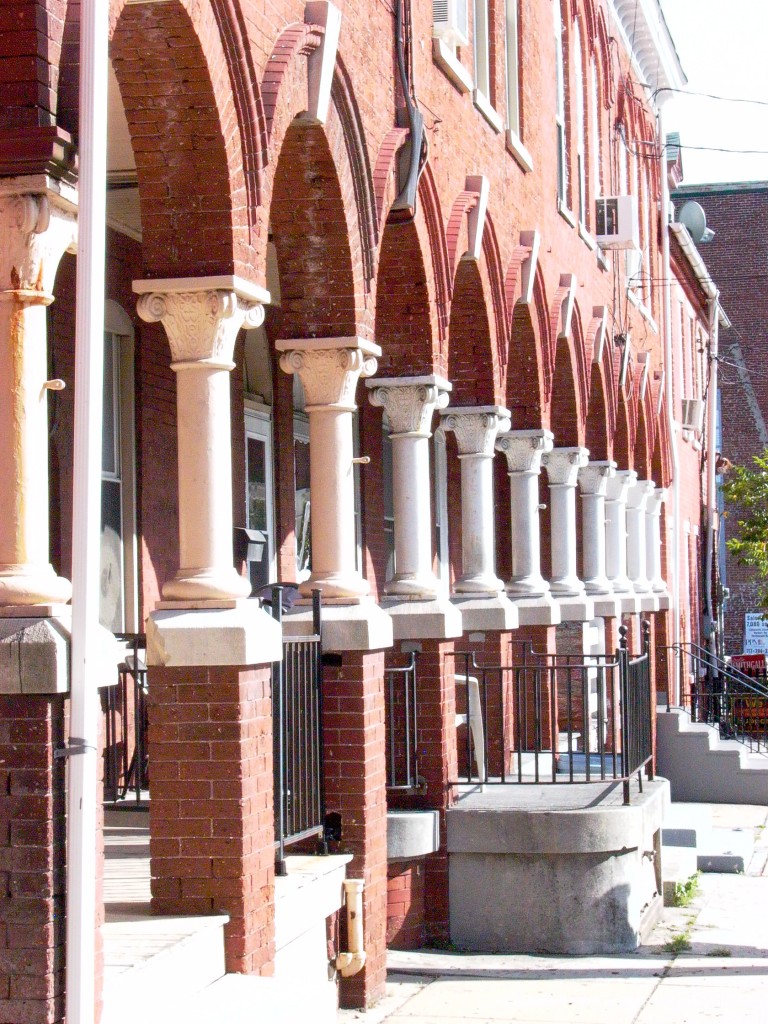
Town houses just beyond the business district with an unusual unifying colonnade. Photo: Nathan Hoyt
The market is the heartbeat of every old city that I know the world over. Lancaster’s Central Market, our first stop, is no exception. Called, simply, “the market” by locals, it is America’s oldest continually operating farmers market. Vendors sell produce here from the outlying farmland much as they did 275 years ago when Lancaster was established. In 1889, the pragmatic town fathers decided to build the Romanesque Revival building on the original site to centralize other smaller markets throughout the city for ease of public regulation. Ensuring that the food supply was wholesome, in good supply, and goods sold at a fair price, was made easier.
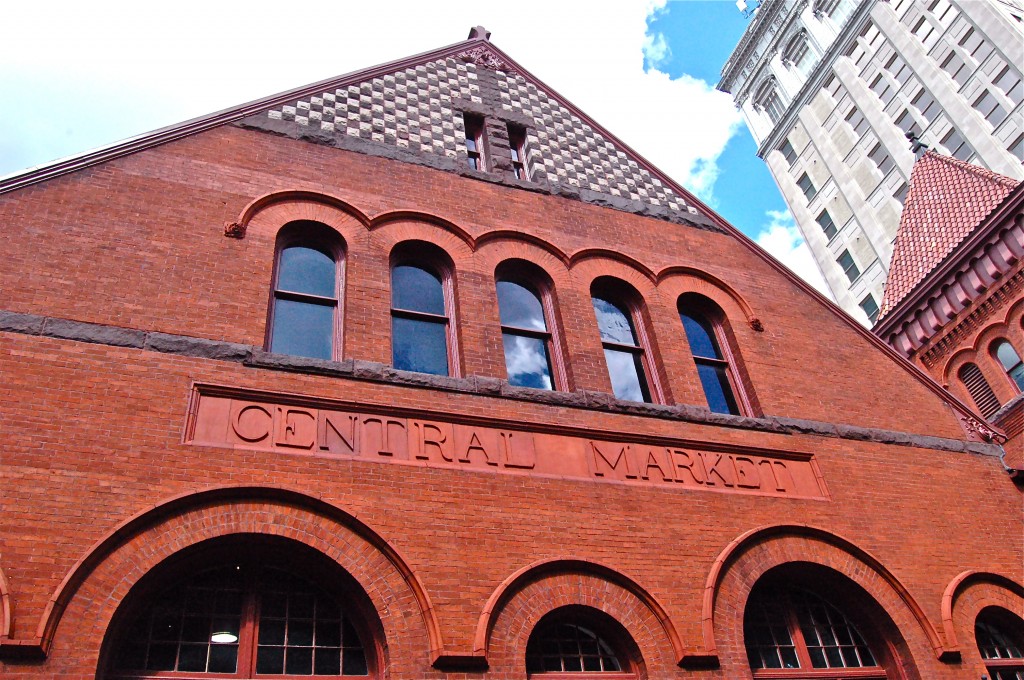
The original Central Market was founded in 1730 and the Romanesque Revival building, designed by James Warner, followed in 1889. Photo: Nathan Hoyt
The distinctive flavor in the market is Pennsylvania German, reflecting the migration history of the area, but where once wursts, scrapple, cracker pudding and the like predominated, today there is everything from made-from-scratch Greek savories and pastries at Stella’s Greek Cuisine, to Kuwaiti home cooking at Saife’s Middle Eastern Food.
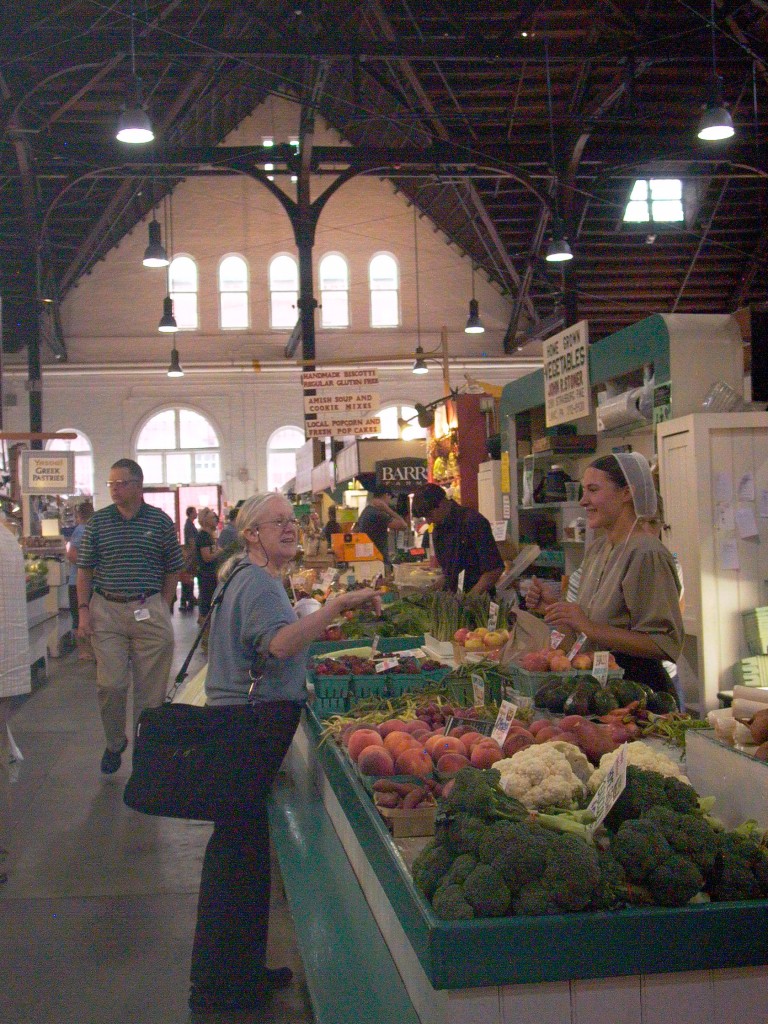
Inside the Central Market, everything from Lebanon Valley produce to Kuwaiti cooking.
Photo: Nathan Hoyt
Some of the stands have been owned and operated by the same families for generations, such as Long’s, which has been selling hand-crafted horseradish made in small batches here since 1901, when the family brought their business over from Germany. The fan at the right is famously positioned to blow the pungent fumes of fresh horseradish under the noses of passersby and, hopefully, secure a sale.
A more modern family business, Rooster Street Provisions, is a fresh meat shop and salumeria that makes its own versions of distinctive regional salumi of Italy.
You can buy the sausage makers’ interpretation of ciauscolo, a smoked and dry-cured sausage from Italy’s Le Marche region; Smoke N’Whiskey, Rooster Street’s own; and nduja, their take on Calabria’s fiery answer to American luncheon meat. Besides making and selling meat and charcuterie, the couple offers sausage-making classes at Black Valley Farm, an “open-air piggery” in nearby Everett, Pennsylvania, where kunekune breed pigs are raised free-range for the specialties they make.
We sampled Rooster Street’s charcuterie, which Katrina sweetly agreed to sell in the smallest quantities and arrange all on one plate for the two of us to share. We had arrived with our bellies full after a sizable breakfast at our B&B but these late morning nibbles, smeared with a bit of the spicy mustard she had provided were just the right thing to fuel our walking tour.
From the market, we wandered down the city’s quirky side streets, captivated by townhouses and artist studios that you would expect to find in New York’s Greenwich Village.
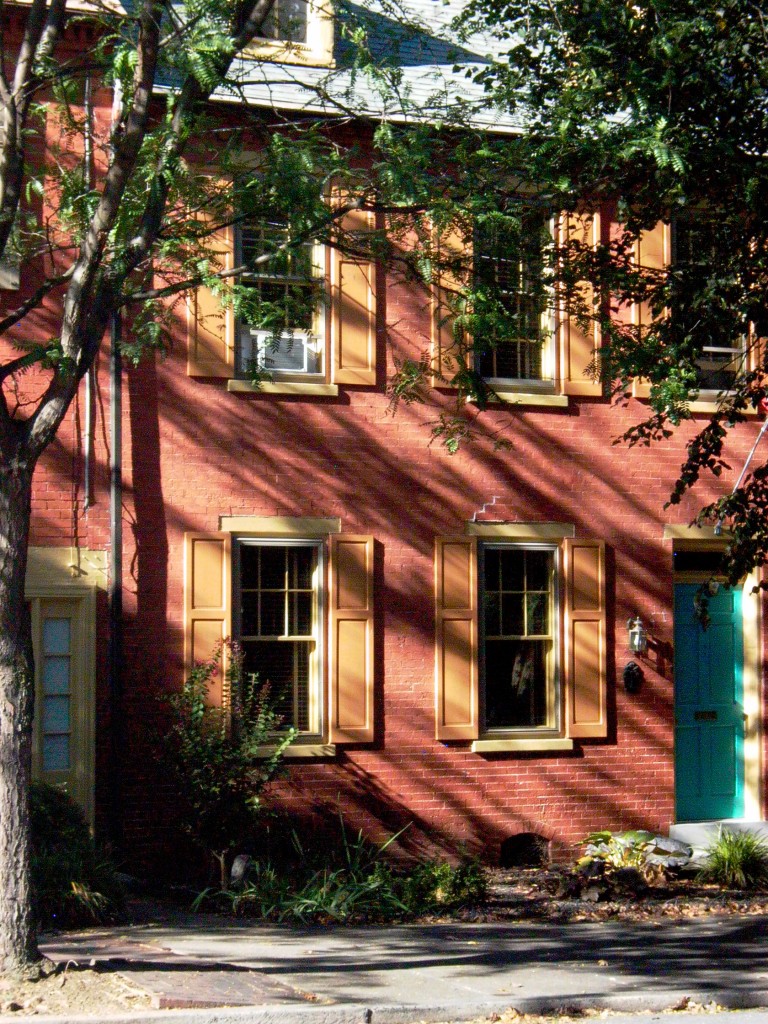
Typical Lancaster brick row house built in the early 19th century on Walnut Street.
Photo: Julia della Croce
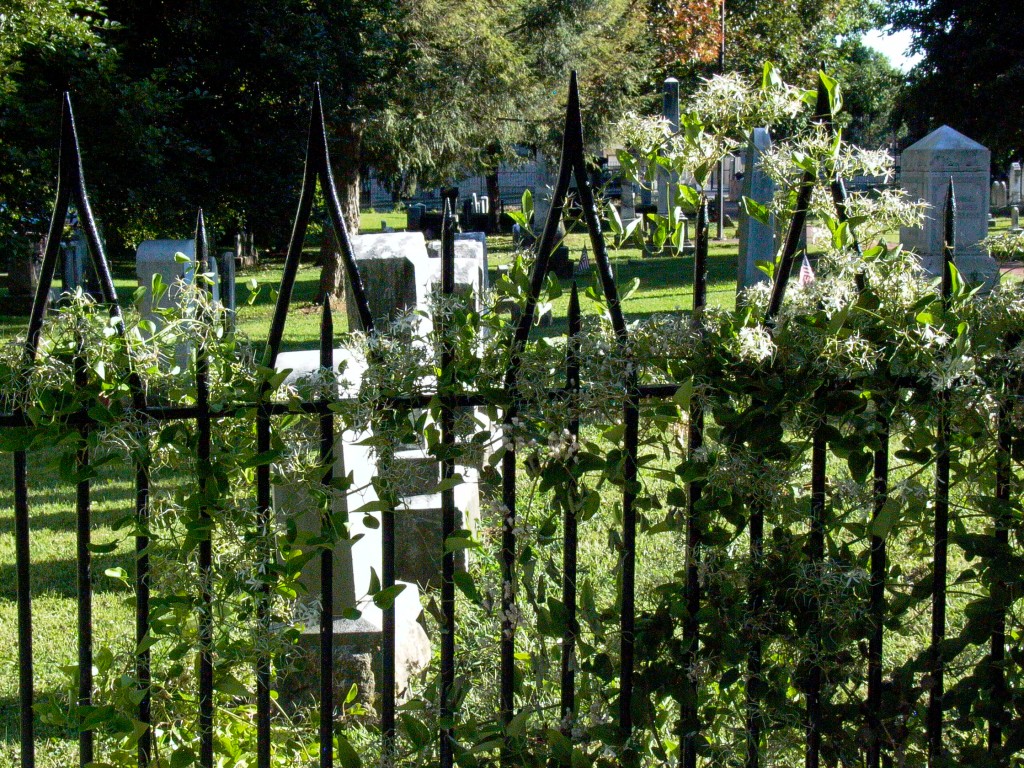
Past an old cemetery where Thaddeus Stevens, radical anti-slavery Pennsylvania congressman is buried. Photo: Nathan Hoyt
You would know by the sight of the ubiquitous student carrying a portfolio, that there is an art college nearby. In fact, the campus of Pennsylvania College of Art and Design is in the downtown area. Art is in the air. Whether it’s window displays or menu designs, the sensibility of old and traditional seems often to be transformed into something fresh and unexpected in this town.
If you are a lover of vintage, like I am, I would venture to say that no single shop, in this city or elsewhere can compare with BUiLDiNG CHARACTER, a 10,000 square-foot historic warehouse just off North Queen Street. The spectacular collection of over forty shops, art and craft studios, textile works, letter press printer, and heritage press museum, selling architectural salvage, antiques and collectibles, vintage clothing, ephemera, and basically, anything hand-made, old, used, or original, is the brainchild of a fourth-generation Lancastrian and former editor, Marty Hulse. If you are looking for a knob for your great grandmother’s Victorian dresser, or retro fittings for the Federal House you are restoring, props for a set or photo shoot, and so on, this is the place to go.
My husband, Nathan, an architect, is a collector of old sign-boards and marquees. Looking upwards was a feast for his eyes and he snapped away.
Where to eat is always a stab in the dark in a foreign city and Lancaster was no exception. Before we left New York, I’d asked around about where to eat, not wanting an encore of that first Lancaster. A well known and pricey restaurant recommended by our hosts and written up in all the local guidebooks served me quite awful crab cakes that ought to have been trashed, not served to customers, but a subsequent foray to a new wine bar called POUR in the gallery district had a happy ending. Instinct drew me into to an old alleyway where people seemed to be eating happily inside the cozy brick-walled bistro and outside in a cheerful courtyard of lights that reminded me of a tidy Bavarian cafe. Pour is a collaborative of Central Pennsylvania natives who have been on the cutting edge restaurant scene in Chicago and Atlanta and came home to apply their creative and inspired vision of modern food here. The team applies draft, wine, and mixology expertise to their carefully curated and lively bar menu.

Al fresco dining at POUR, Artisans Gallery, 114 North Prince Street, Lancaster, has world-class charcuterie, salumi, cooking, wine and beer. Photo: Courtesy of Pour
Here you can quaff primitive wild ale from Belgium or fruit beer hand-crafted in Philadelphia; sip Spanish tempranillo or Austrian grüner veltliner. Then there are the cocktails. You could begin with Pink Elephant Flip, an ambrosia of vodka, Chambord, house-made fig and raspberry syrup and bitters. Or settle for your more basic Knights of Ni Manhattan, a blend of bourbon, house-made Plum Shrub, and sweet vermouth. If Bloody Mary is your drink, you won’t find the dreadful pre-made Bloody Mary mix at this place. Pour’s version is fresh and fiery, garnished with charcuterie, cheese, and kimchi.
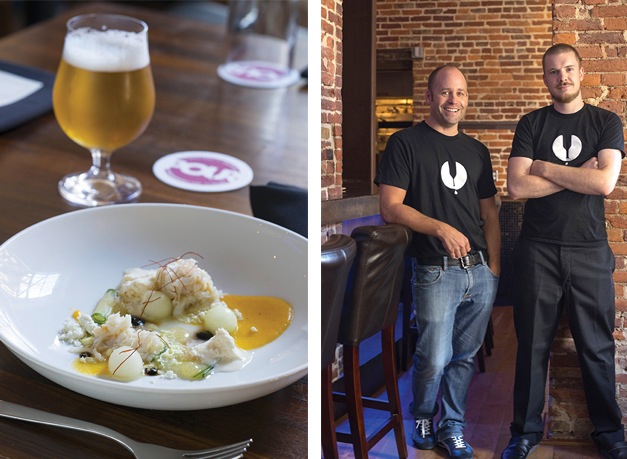
Pour offers a remarkable selection of wines and draft, and terrific food. Left, Dungeness Crab Salad and Bittburger Pilsner. Right, general manager Eric Garman and chef Andrew Aho. Photo: Courtesy of Pour
With a bar menu like this, you would know the food won’t disappoint. The charcuterie boards on the menu offer some of the best cured meats, sausages, pâtés, and cheeses from France, Spain, and Italy–and also from new artisans in Iowa and California. If the fare is avant-garde, it is also delicious–a feat that is not always pulled off successfully. Many ingredients are sourced close to home including local pork, and elk. Today’s restaurant cooking too often arouses exaggerated expectations in the minds of the public. In my experience, a limited but informed menu, like this one, often delivers better results than more expansive menus that promise more.
Before we knew it, it was time to leave Lancaster and head for home. It’s time to plant my winter lettuces.


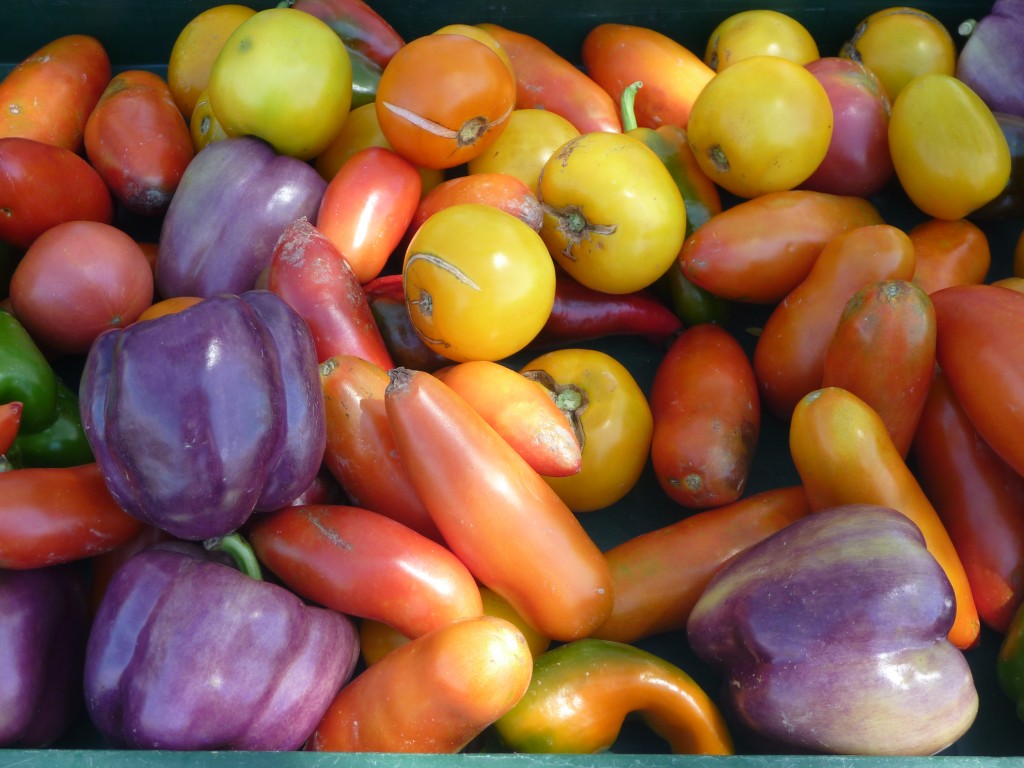
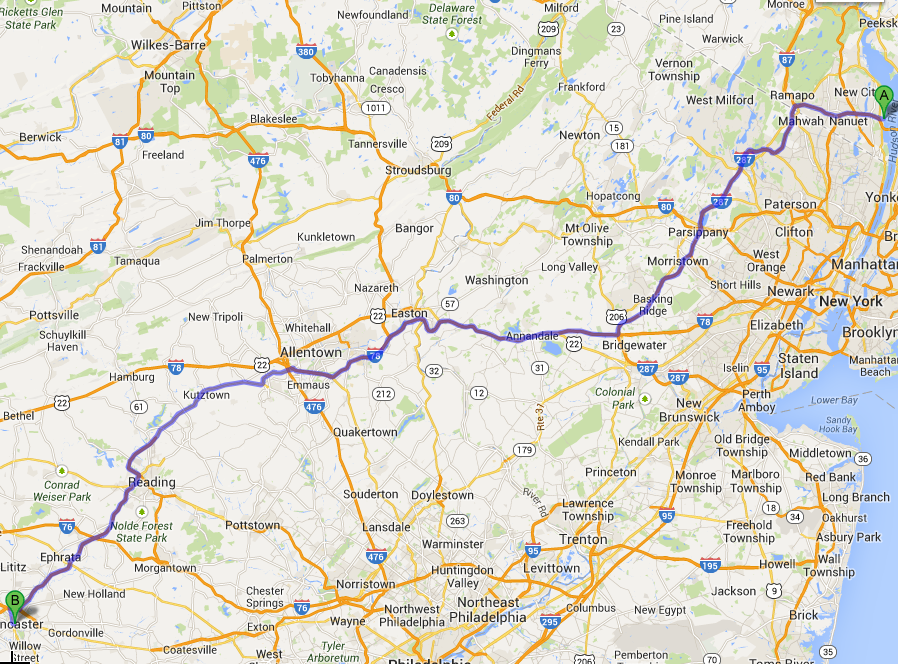
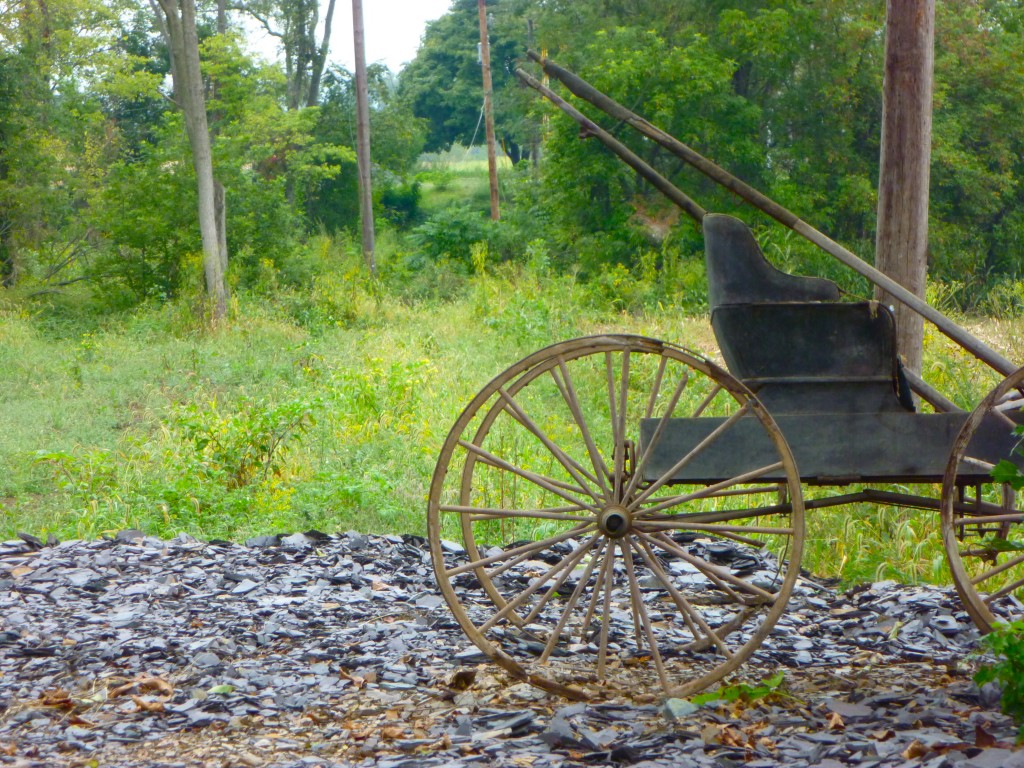
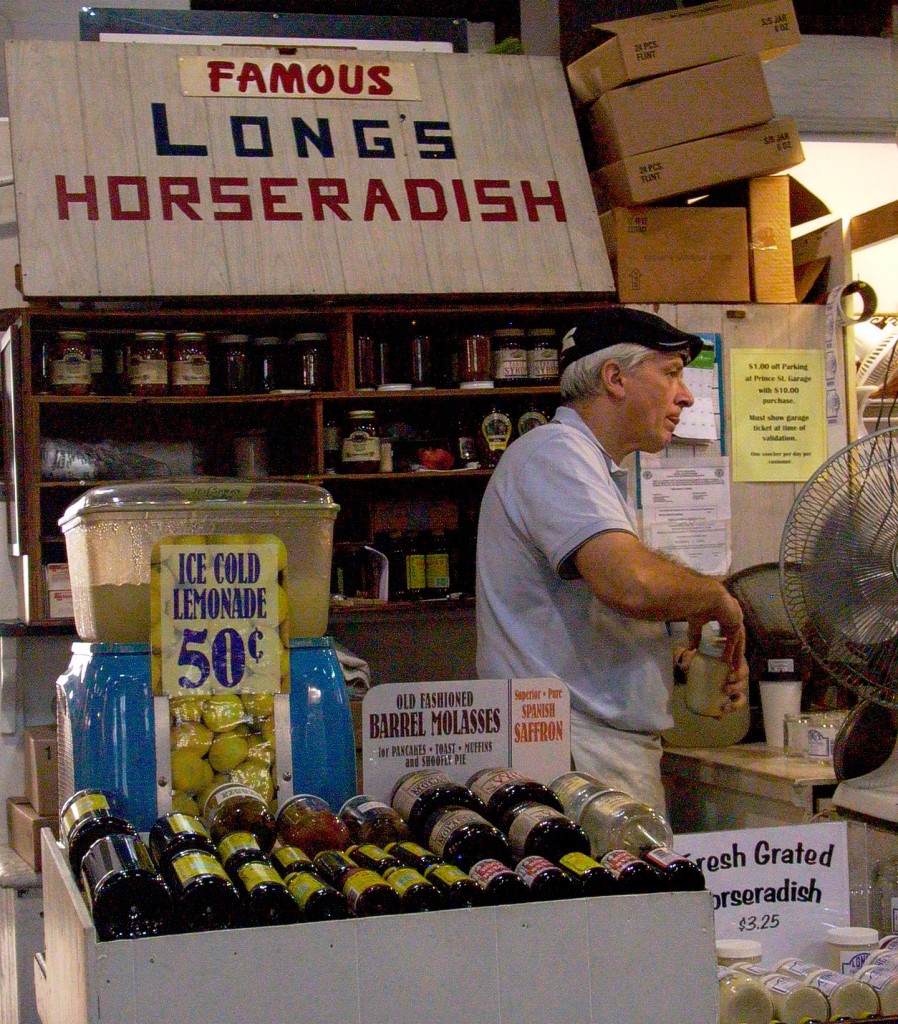
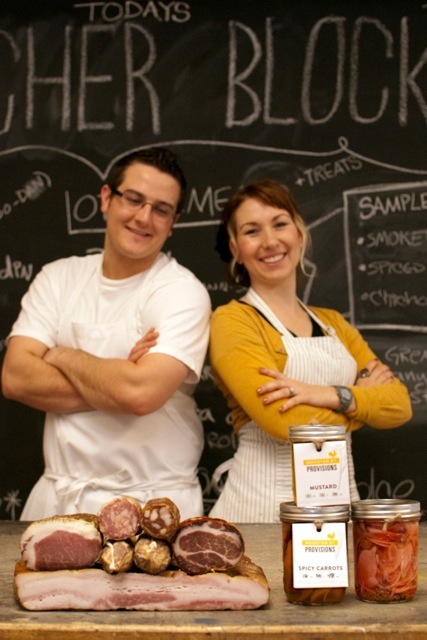
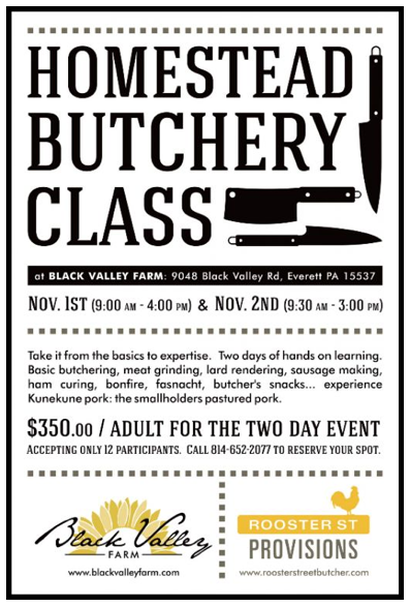
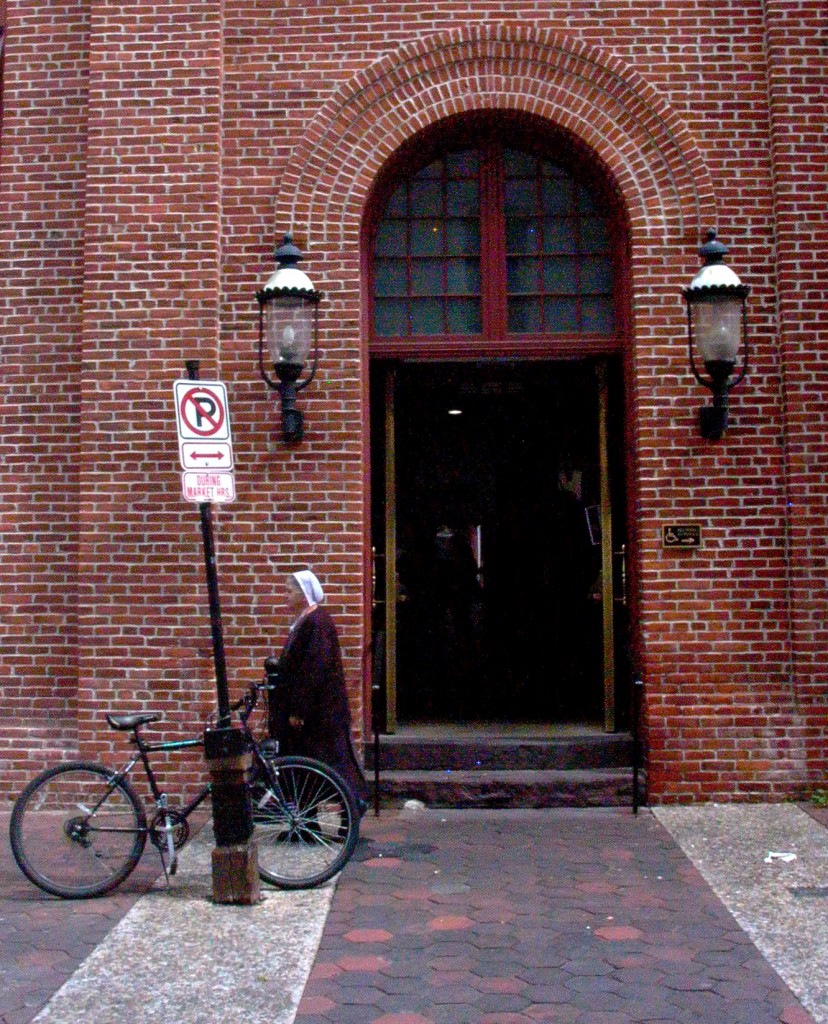
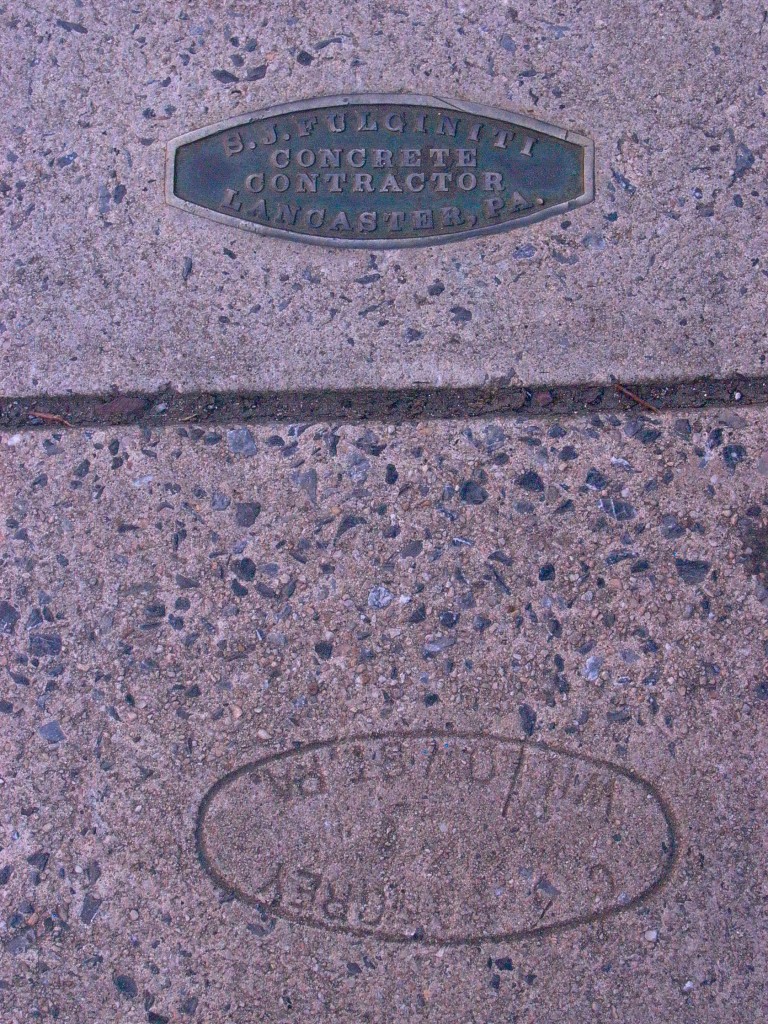
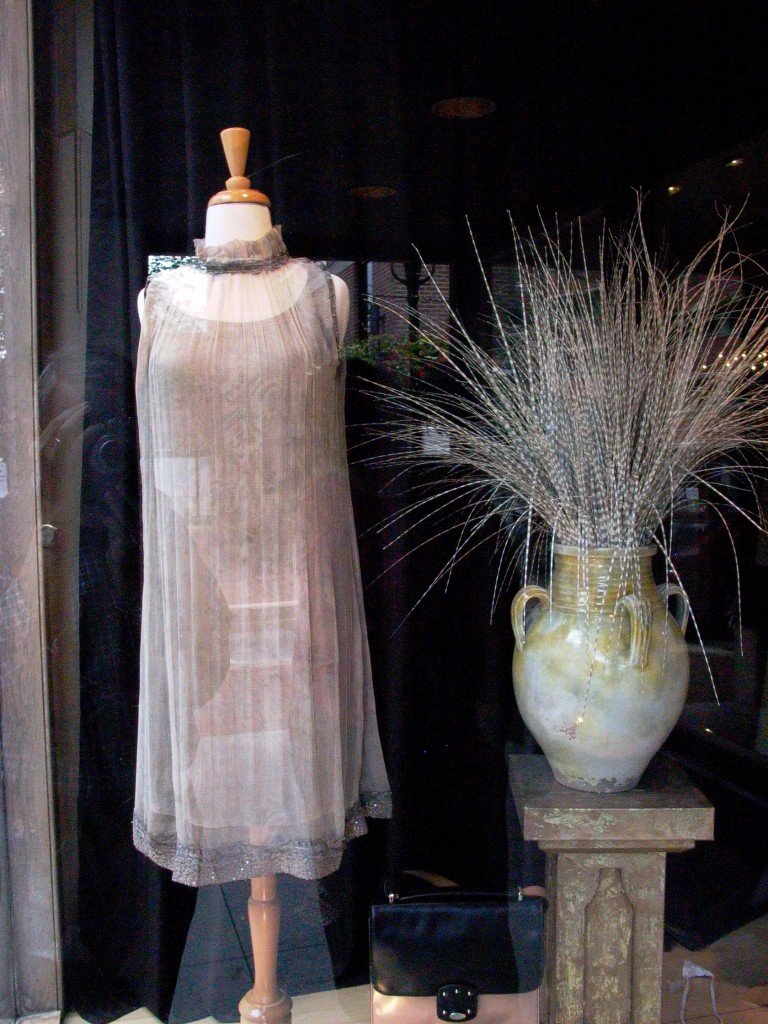

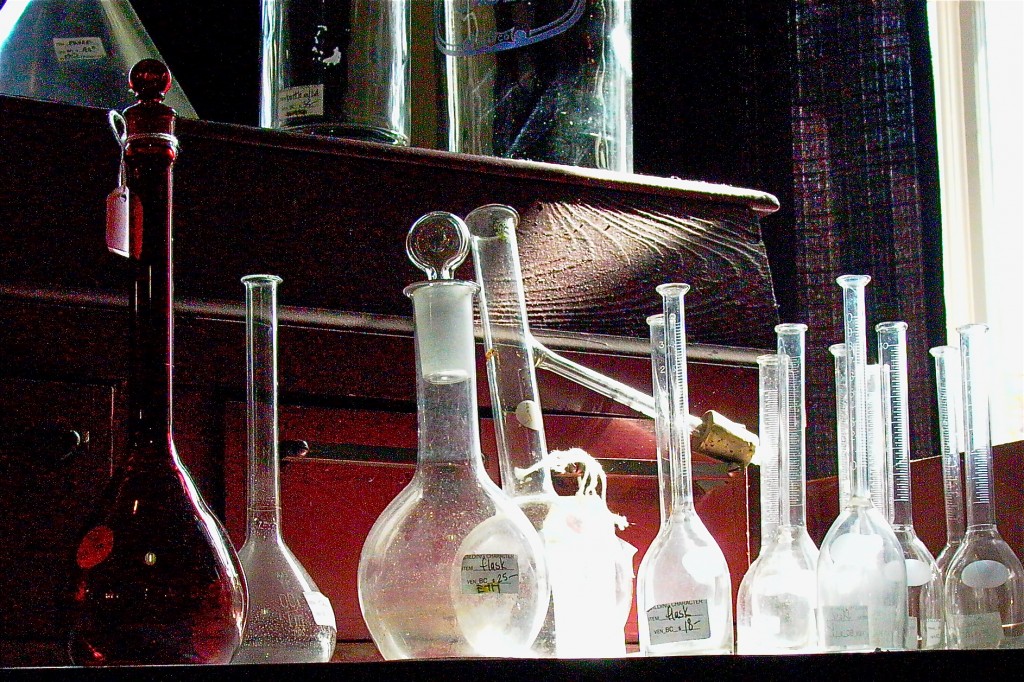
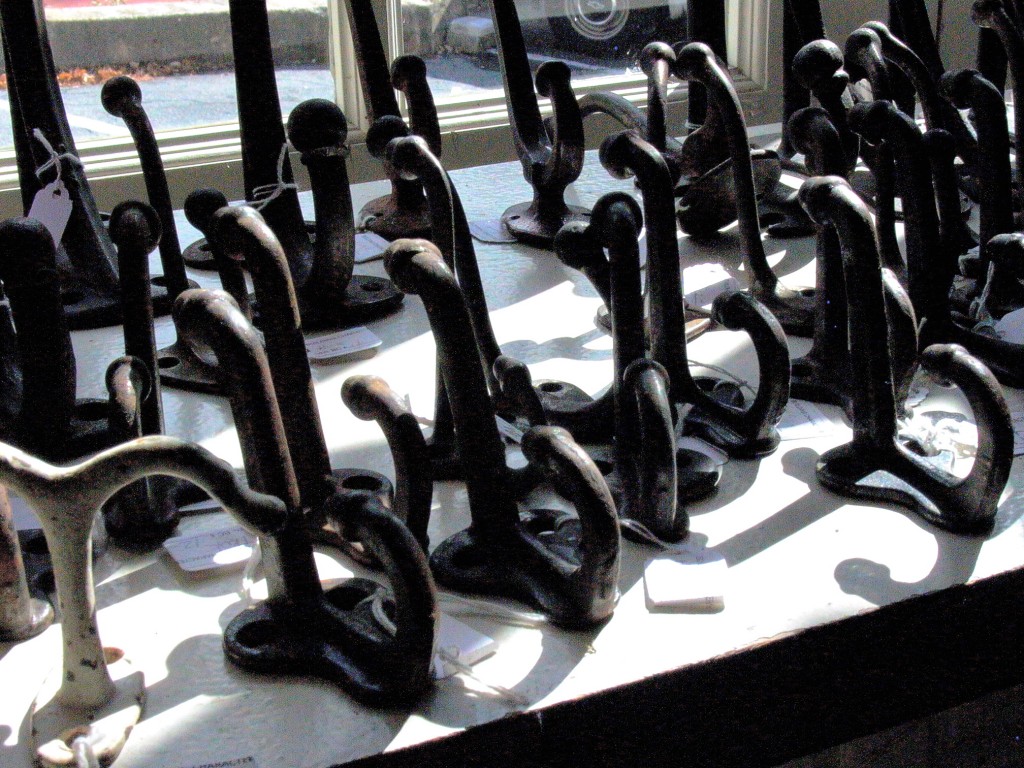
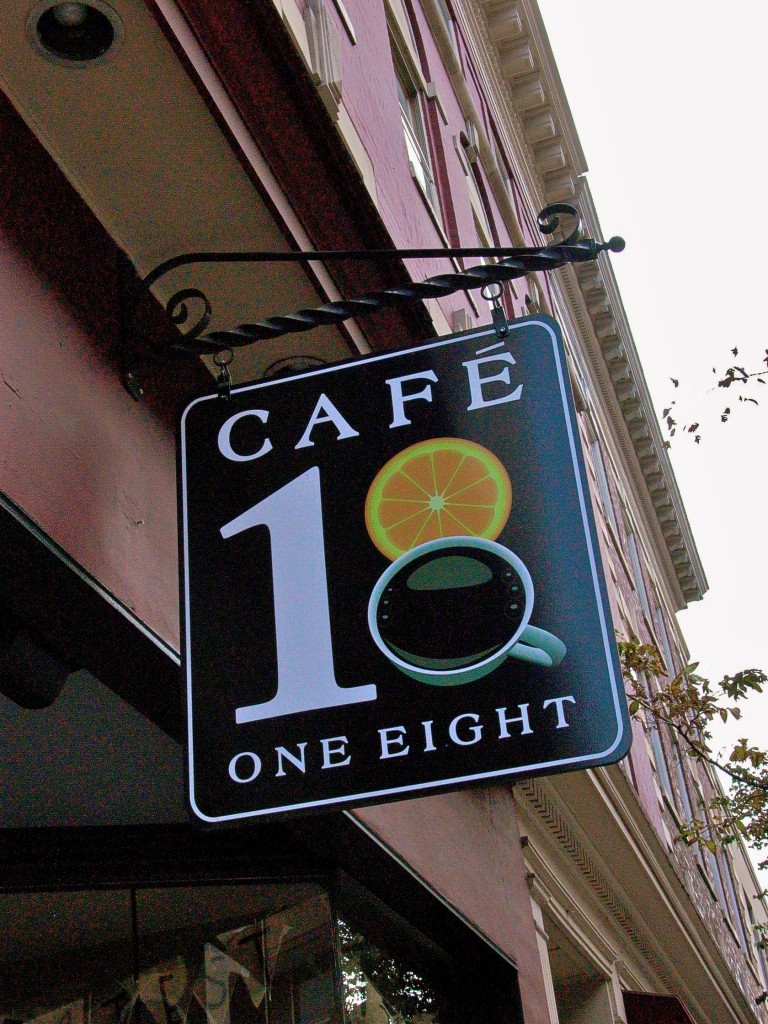
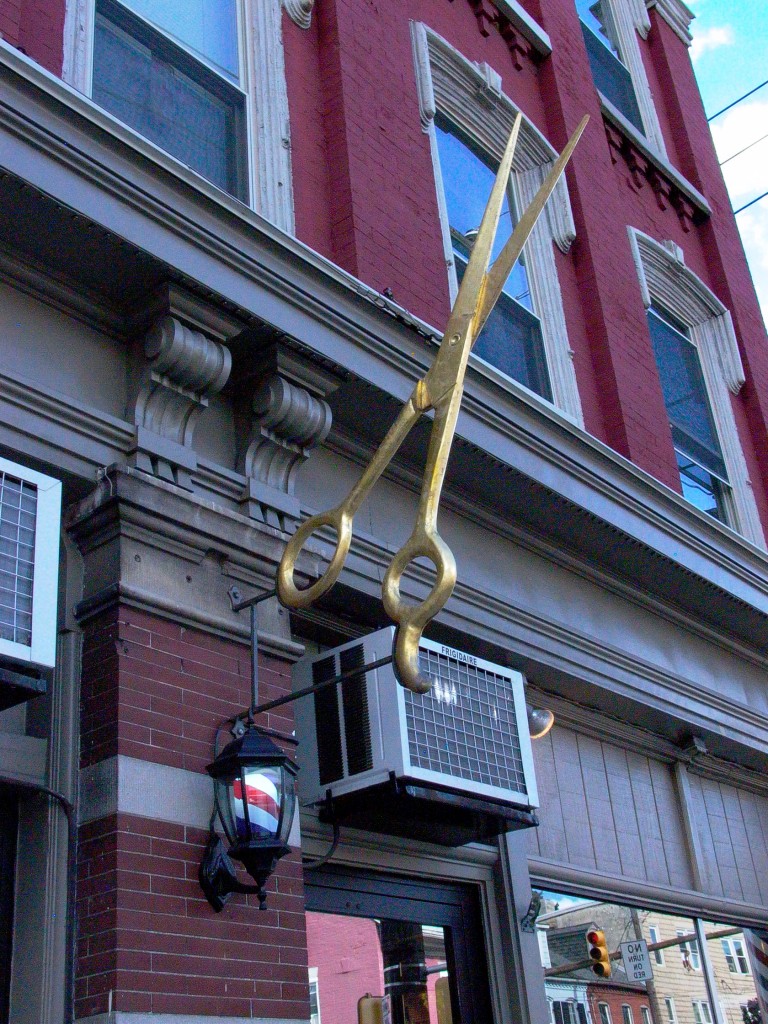
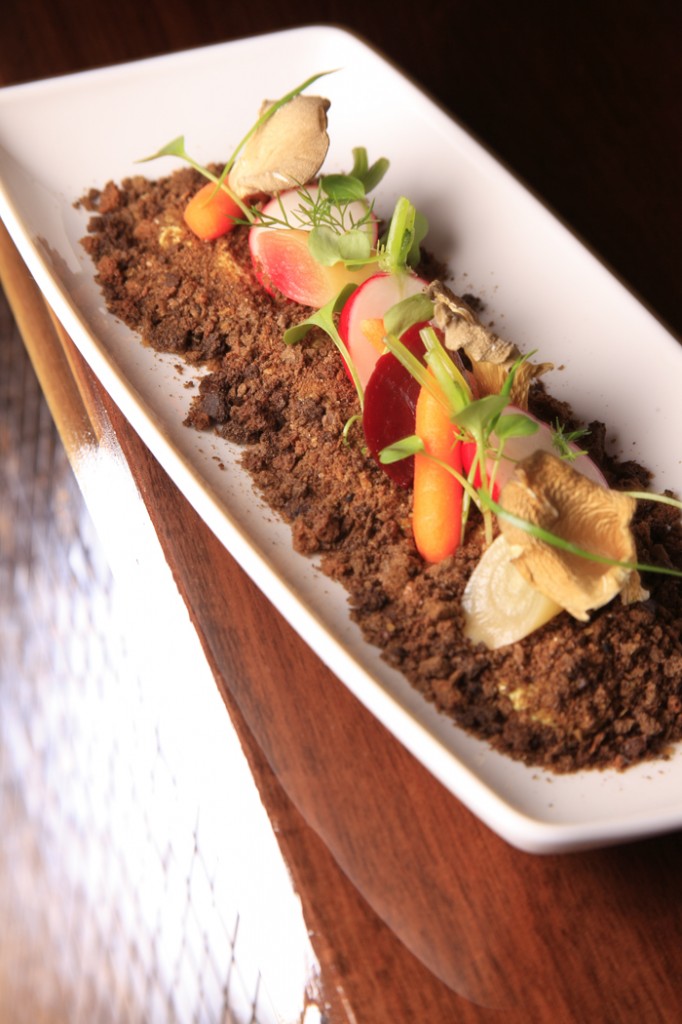
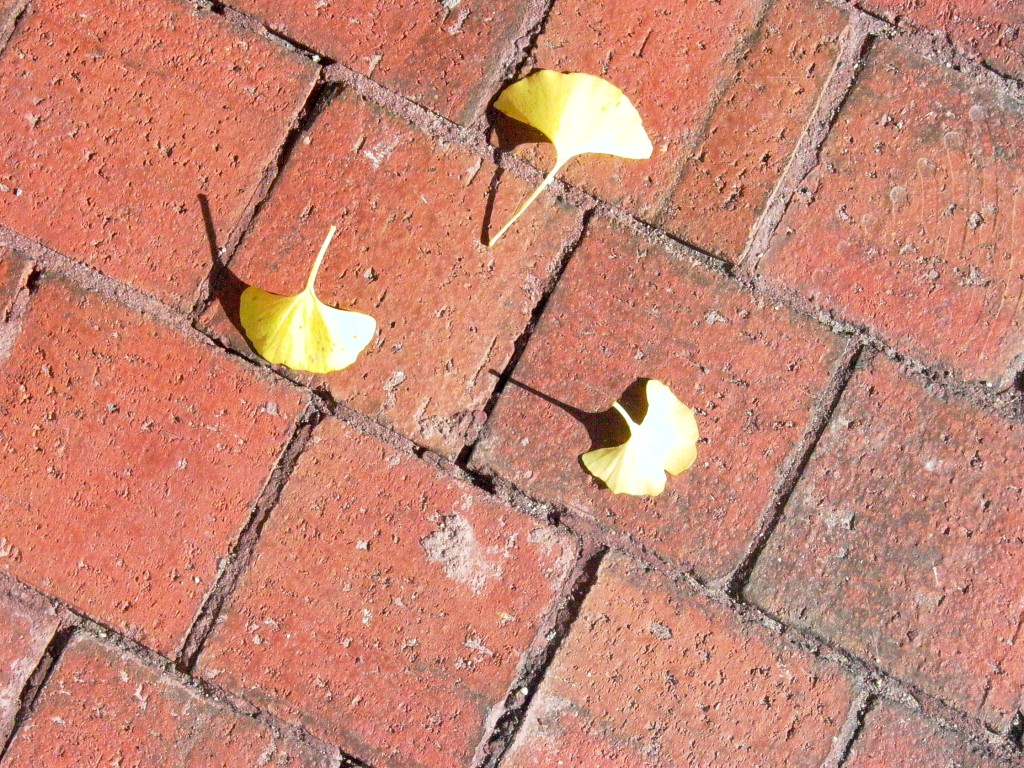
 Follow
Follow
 email
email
What an interesting post Julia. We love to roam around old places, poke around farmer’s markets, check out antiques and last but not least, check out the food scene. Thanks for this…sounds like the second visit was a huge success!
Ciao, Phyllis
Thank you, Phyllis. It was fun being there, and lots of fun to write. Always nice hearing from you.
Bravo Julia and Nat! I loved the photos and the visit, my kind of poking around in a picturesque place, a true treasure hunt! I enjoyed being there with you,
xSusan
Wish you had been!
I’m so glad you had a better experience in Lancaster than your first time here! My husband and I have lived in Lancaster city for 7 years and we love going to Market twice a week to get fresh milk, produce, bread and even prepared food ranging from Thai to African to delicious desserts. I really love living here and it makes me happy when other people see Lancaster’s charms. Thanks for the lovely piece on our small city and I’m sorry you had bad crab cakes, we’re not really known for our crab.
You are of course, right about crab cakes. My cousin, from Maryland, was with us for much of the long weekend and said precisely that. Well, living in New York one gets used to pretty fabulous crab cakes in the wonderful restaurants here. From now on, I’ll know! Thanks so much for your note.
Julia,
Your blog awhile ago about your Dad was easily my favorite, but this one and the photos remind me that they just keep getting better!. Thanks for taking us all along.
Bob
Thanks, Bob, so happy to hear from you.
Superb post, Julia! You and Nate make a such an engaging team for story telling. Lancaster really comes alive, and I want to be there, eating and shopping, RIGHT NOW. (loved that vintage dress, too).